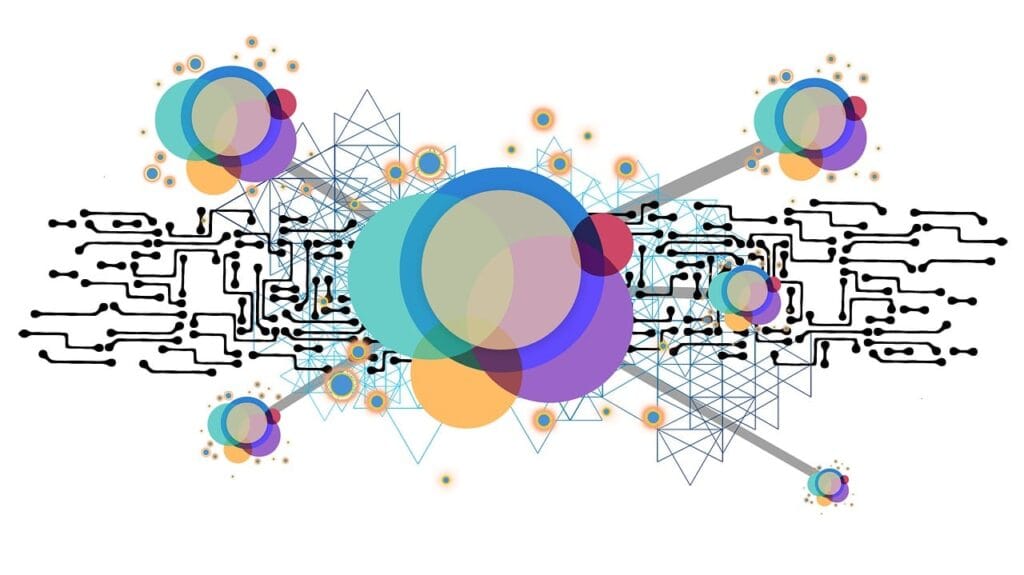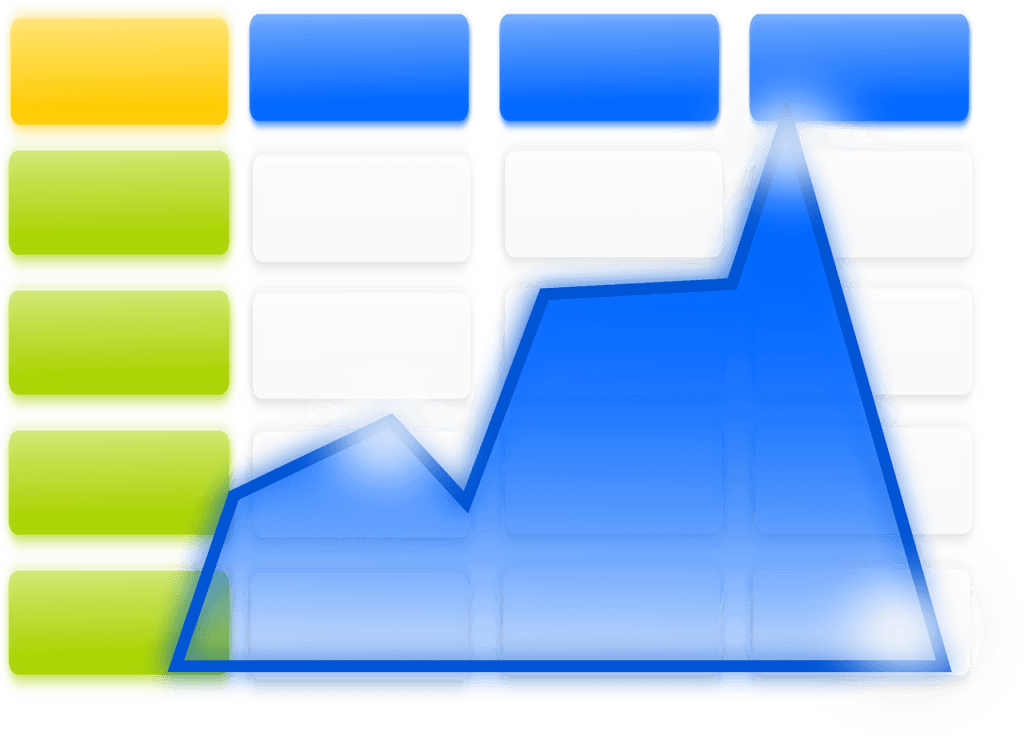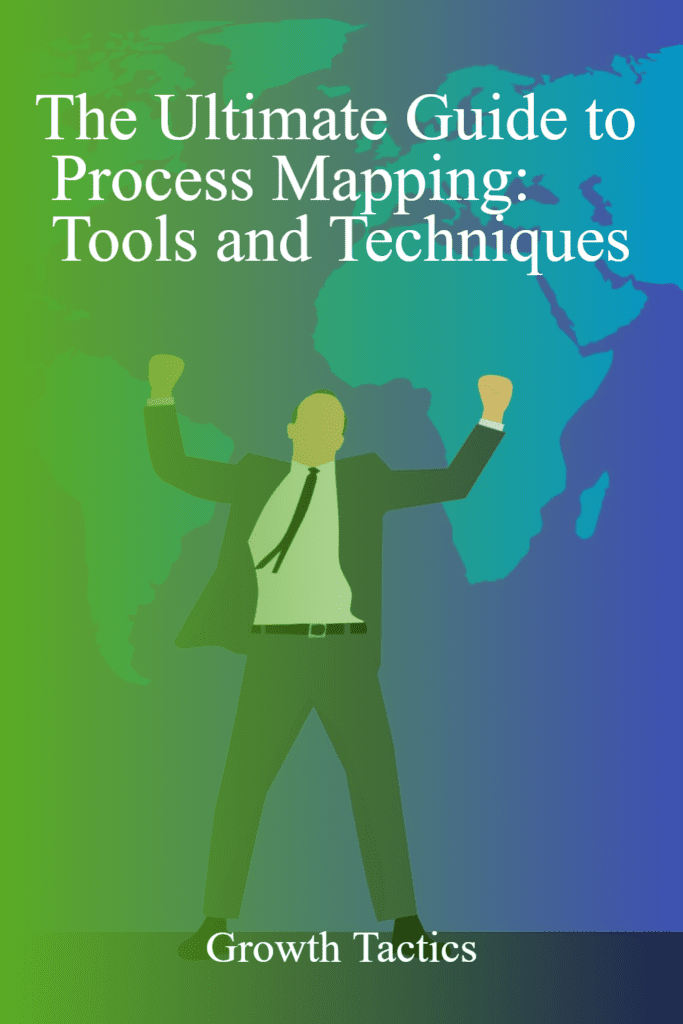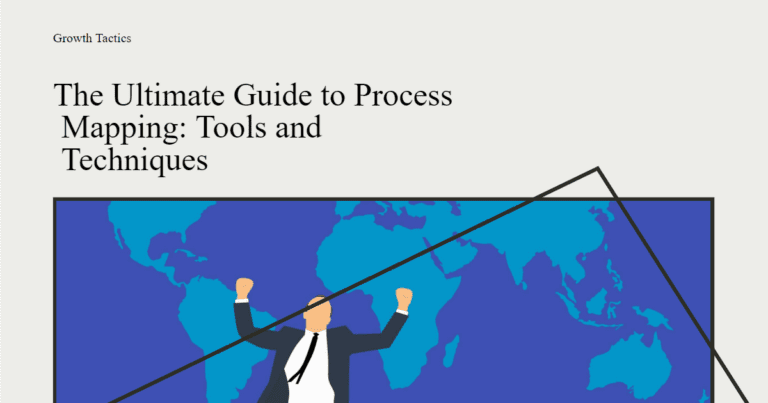Are you looking to improve your business processes and increase productivity in 2025? Look no further than process mapping. This guide will cover everything you need to know about process mapping, including the purpose, techniques, and tools you can use to create effective process maps.
Jump To Section
What is Process Mapping?
At its core, process mapping is the visual representation of a business process. It is a diagram or workflow that outlines the steps in a specific process, including the people involved and the outputs of that process. Process maps may also include common symbols to represent different elements of a process, such as decision points, bottlenecks, and redundancy.
The Purpose of Process Mapping

The purpose of process mapping is to provide a better understanding of processes and identify areas for improvement. By mapping out a process, you can see the steps needed to complete the process and determine where potential issues may arise. This makes it easy to identify areas where you can improve the process and increase productivity.
Types of Process Mapping
There are several types of process mapping techniques you can use, depending on the complexity and the level of detail you need. Some common types of process mapping include:
- High-level process map: A broad overview of the process, including key process elements.
- Detailed process map: A more in-depth look at each step in the process, including the people responsible for each task.
- Value stream map: A type of process map that focuses on the flow of materials and information through a process.
- SIPOC: A process mapping tool that stands for Suppliers, Inputs, Process, Outputs, and Customers. It is used to identify the elements of a process and how they relate to each other.
Benefits of Process Mapping
Process mapping offers several benefits, including:
- Improved process flow: By mapping out a process, you can identify areas where the process can be streamlined and made more efficient.
- Better communication: Process maps provide a visual representation of a process that can be used to communicate with stakeholders and team members.
- Process documentation: Process maps serve as documentation of a process, making it easier to understand and improve over time.
- Business process improvement: By identifying areas for improvement, process mapping can lead to better business processes and increased productivity.
Process Mapping Tools
When it comes to creating process maps, having the right tools can make all the difference. Here are some of the top tools for process mapping:
Microsoft Visio
Microsoft Visio is a popular tool for creating process maps. It offers drag-and-drop functionality and a variety of templates that make it easy to create professional-looking process maps. Visio also integrates with other Microsoft products, such as Excel and PowerPoint. This makes it easy to share your process maps with others.
One of the benefits of using Visio is its versatility. It can be used to create a wide range of diagrams, including flowcharts, organizational charts, and network diagrams. This makes it a great tool for businesses that need to create a variety of diagrams.
UML
UML, or Unified Modeling Language, is a modeling language used to create visual representations of software systems. While it is primarily used in software development, it can also be used for process mapping.
One benefit of using UML for process mapping is it allows you to create detailed diagrams that show the interactions between different elements of a process. This can be especially useful for complex processes that involve multiple steps and decision points.
Process Mapping Software
There are several software options available that are specifically designed for process mapping. Some popular options include Lucidchart and Gliffy.
One benefit of using process mapping software is it often includes pre-built templates and symbols. This makes it easy to create professional-looking process maps. It also typically includes collaboration features allowing multiple users to work on the same process map at the same time.
Another benefit of using process mapping software is that it often includes features for process improvement. For example, it may include tools for identifying bottlenecks in a process. Or for simulating different scenarios to see how they impact the process flow.
Pen and Paper

While it may seem old-fashioned, sometimes the simplest tools are the most effective. Pen and paper can be a great option for creating process maps, especially for smaller processes or for brainstorming sessions.
One benefit of using pen and paper is it allows you to quickly sketch out ideas and make changes on the fly. It also doesn’t require any special software or training, making it accessible to everyone on your team.
Google Drawings
Google Drawings is a free tool that is part of the Google Suite of products. It offers many of the same features as Microsoft Visio, including drag-and-drop functionality and a variety of templates.
One of the benefits of using Google Drawings is that it is cloud-based. You can access your process maps from anywhere with an internet connection. It also integrates with other Google products, such as Google Drive and Google Docs. Making it easy to share your process maps with others.
Mind Mapping Software
Software like MindMeister and XMind can also be used for process mapping. Mind maps are a type of diagram that uses branches to show the relationships between different ideas or concepts.
One of the benefits of using mind mapping software for process mapping is that it allows you to quickly capture ideas and organize them in a way that makes sense. It also allows you to easily see the relationships between different elements of a process.
BPMN (Business Process Model and Notation)
BPMN is a graphical notation that is used to represent business processes. It offers a standardized way of representing processes, which can be especially useful for businesses that need to comply with specific regulations or standards.
One of the benefits of using BPMN for process mapping is that it allows you to create detailed diagrams that show the flow of information, resources, and decisions through a process. It also includes a variety of symbols and notations that make it easy to create professional-looking process maps.
Draw.io
Draw.io is a free, open-source tool for creating diagrams and flowcharts. It offers many of the same features as Microsoft Visio, including drag-and-drop functionality and a variety of templates.
One of the benefits of using Draw.io is that it is cloud-based, which means you can access your process maps from anywhere with an internet connection. It also integrates with a variety of other tools, such as Google Drive and Dropbox, making it easy to save and share your process maps.
Creately
Creately is a web-based tool for creating diagrams, flowcharts, and process maps. It offers a variety of templates and symbols, as well as collaboration features that allow multiple users to work on the same process map at the same time.
One of the benefits of using Creately is that it includes features for process improvement, such as the ability to simulate different scenarios and identify bottlenecks in a process. It also offers integrations with other tools, such as Jira and Slack, making it easy to incorporate process mapping into your existing workflows.
Microsoft Excel

While Microsoft Excel is primarily used for spreadsheets, it can also be used for process mapping. By using the drawing tools and shapes in Excel, you can create simple process maps that show the flow of a process.
One of the benefits of using Excel for process mapping is that it is a tool that many people are already familiar with. It also offers a high degree of flexibility, which allows you to create process maps that are tailored to your specific needs.
MindManager
MindManager is a mind mapping tool that can also be used for process mapping. It offers a variety of templates and symbols, as well as collaboration features that allow multiple users to work on the same process map at the same time.
One of the benefits of using MindManager for process mapping is that it allows you to create detailed diagrams that show the relationships between different elements of a process. It also includes features for process improvement, such as the ability to identify bottlenecks and simulate different scenarios.
Trello
Trello is a project management tool that can also be used for process mapping. By creating a board in Trello that represents a process, you can use cards to represent individual steps in the process.
One of the benefits of using Trello for process mapping is that it allows you to easily track the progress of a process and assign tasks to different team members. It also includes collaboration features that allow multiple users to work on the same process map at the same time.
In conclusion, there are many tools available for process mapping, each with its own strengths and weaknesses. Whether you choose to use Microsoft Excel, MindManager, or Trello, the key is to choose a tool that works best for your team and your process mapping needs.
How to Create a Process Map
To create a process map, follow these steps:
- Identify the specific process you want to map out.
- Determine the type of process map you want to create.
- Gather information about the process, including the people involved and the steps needed to complete the process.
- Use a process mapping tool to create the map, including any necessary symbols or diagrams.
- Review the process map and make any necessary changes to improve the process flow.
Effective Process Mapping Techniques
To create an effective process map, consider the following techniques:
- Involve all stakeholders: Process mapping should involve everyone who is involved in the process, from start to finish.
- Brainstorm to identify potential issues: Use brainstorming techniques to identify potential issues and areas for improvement.
- Map out the existing process before designing the ideal process: Mapping out the existing process can help you identify areas for improvement and design a more effective process.
- Use common process mapping symbols: Common symbols, such as rectangles and diamonds, can be used to represent different elements of a process.
- Focus on key processes: Identify the key processes that are critical to the success of the business and focus on improving those processes.
- Start with the end in mind: Begin the process mapping exercise by defining the end goal or desired outcome. This can help you stay focused on the big picture and avoid getting bogged down in the details.
- Use data to inform the process: Use data to identify bottlenecks, areas of waste, and other issues that may be impacting the process. This can help you make more informed decisions about how to improve the process.
- Keep it simple: Process maps should be easy to understand and use. Avoid using overly complicated symbols or terminology that may confuse stakeholders.
- Test the process map: Once you’ve created a process map, test it out to ensure that it accurately reflects the process and is easy to use. Make adjustments as needed based on feedback from stakeholders.
By following these techniques, you can create effective process maps that lead to improved business processes and increased productivity.
Wrapping It Up
In conclusion, process mapping is a valuable tool for any business looking to improve its processes and increase productivity. By understanding the purpose, techniques, and tools for process mapping, you can create effective process maps that lead to better business processes and increased success in 2025.
Did you enjoy this article on process mapping tools and techniques? Don’t forget to share and subscribe for more Growth Tactics.


